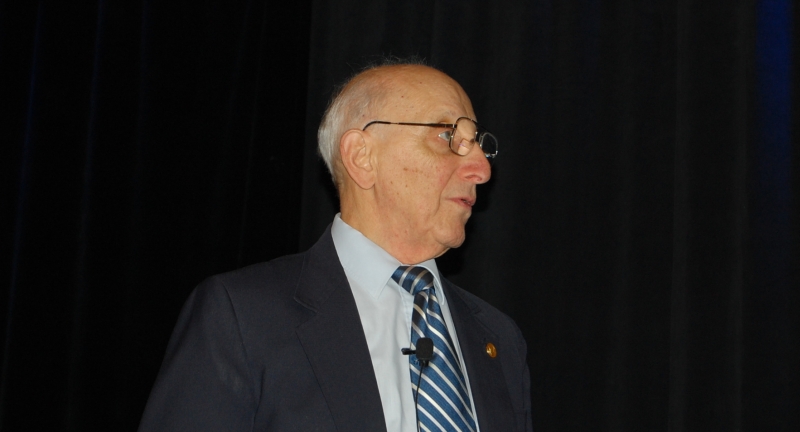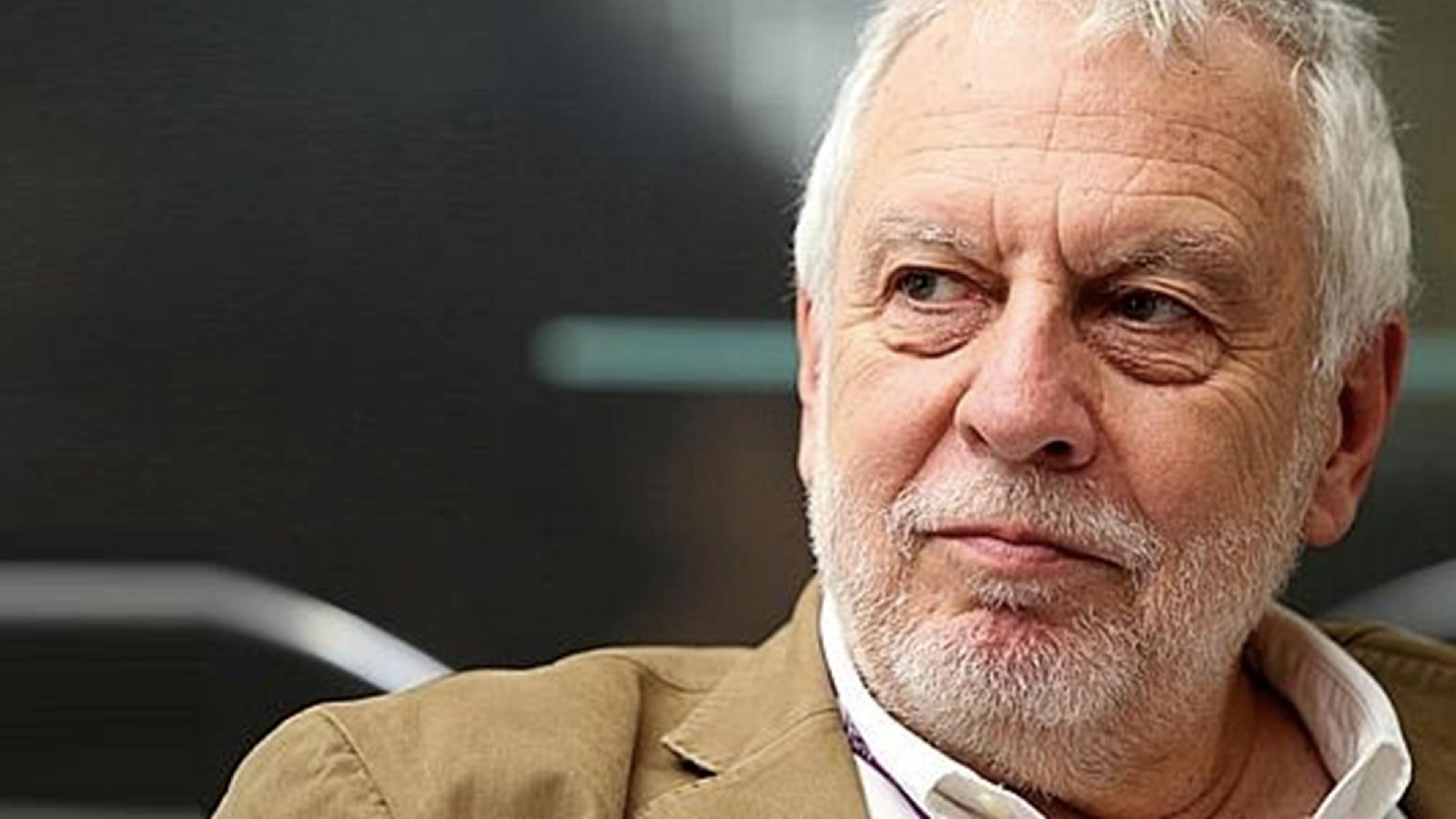OpenAI has launched GPT 5.2, a major model upgrade now available in both the API and ChatGPT. It is described as the company’s most…
Russell, Bushnell or Baer: Who is the true father of video games?

Video games have become an integral part of human culture and have undoubtedly cemented their place in the corridors of the future. It’s hard for one to even consider that once upon a time, not too long ago, it didn’t even exist. Imagine that, a world totally devoid of this wonderful digital dimension. What sad days they must have been.
But who are we to thank for our beloved past time? What beautiful mind laid the foundation for this great creation?
“Who is the true inventor of video games?”, a question so laden with controversy that, to this day, it is still one of the most heated debates in gaming.
But regardless of what some might say or think, they were all pioneers of an experience that a lot of us carry very close to hearts. Each one of the individuals mentioned in this article played a tremendous part in creating one of the largest industries in the world.
Now, let us explore the contributions they’ve made and pay homage to these incredible minds. Maybe by the end of it you can decide who you view as the true father of video games.
Steve Russell and the team at MIT (1962)
In 1962 a group of MIT students and employees, under the direction of computer scientist Steve Russell, designed and built the PDP 1, the world’s first computer to utilize a visual display screen.
The computer itself was about the size of a refrigerator and, according to Katie Hafner and Matthew Lyon ‘s Where wizards stay up late, it had “computing power roughly equivalent to a 1996 pocket organizer and a little less memory”.
To showcase the visual capability of the PDP 1, Russell designed a very basic shoot ‘em up game called Space Wars!. It was a two player game where each player took control of a spaceship and would try and shoot each other while navigating around a dot (resembling the Sun) with gravity. If you got hit or touched the “Sun”, then you would lose your round.
The game was not as crude as you might think and it lead to a hacking craze among computer scientists that would eventually lay the foundation of the personal computer as we know it today.
The reason that Steve Russell’s place as the creator of video games is still disputed is because he never attempted to bring it to the public or create a product out of it.
The main reason might be that you needed a colossal and expensive computer to play, something that only University campuses and large companies owned at that time.
It would be only a few years later before a certain individual would see the potential in this creation and set out to share it with the world.
Ralph Baer (1966)
He’s undoubtedly the most reoccurring answer you would receive if asked the question: “who invented video games?”. Go ahead; Google him. You’ll scroll past pages and pages of search results and almost every single entry would mention Ralph Baer as the father of video games.
Ralph Baer is widely regarded as the real inventor of video games because of his vision to bring the gaming experience to the public. He realised that the technological evolution and price reduction of home television sets opened up a market for further applications, the perfect opportunity to bring gaming to the public.
This was an idea he got while working for the Sanders Association where he directed a team of 500 engineers in developing electronic systems for military applications.
After he convinced his supervisors to allow him to proceed with this project, they granted him US$2500 (a healthy sum in the 60’s) and provided him with the assistance of two engineers, namely Bill Harrison and Bill Rusch.
Together they designed a small device that would become known as the “Brown Box” because of the brown tape Baer used to cover the box so that it looked like wood veneer.
This device would be hooked up to a TV set and, by using two controllers, two players could play a game of “table tennis” on their TV (a game discerningly similar to Pong). Today this brown box can be seen at the Smithsonian Museum in Washington DC.
But after they finished their creation they had quite a hard time convincing television manufacturers to invest in this strange invention. It was not until 1971 that a company called Magnavox saw the potential of this innovative device. The company renamed it the Magnavox Odyssey and in 1972, the first ever dedicated video game console was released to the public.
Nolan Bushnell (1972)
Nolan Bushnell is the man responsible for the creation of Atari, the first true powerhouse of gaming, one of the main reasons he is also considered as the father of video games.
He, together with engineer Al Alcorn, was also responsible for the creation of Pong, widely regarded as the first true video game (although this raised another dispute as it shared strong similarities with Ralph Baer’s Tennis for Two).
But one of his greatest contributions to the world of gaming was Bushnell’s mission to bring gaming to the masses, even those who didn’t own a television set.
It all started when Bushnell first started playing Steve Russell’s Space Wars! in college and thought that if he could bring this to the public it would be massive.
He made it his mission to design and build an electronic platform that was a cheaper and simpler version of the monolithic PDP 1. This led to the creation of the world’s first arcade machine and, eventually, to the conception of Atari Inc.
But even though the platform gained a lot of attention, the game they build didn’t do as well. It was an altered version of Space Wars! called Computer Space and it turned out to be a bit of a commercial flop.
Bushnell felt the problem lay with the complexity of understanding the game:
You had to read the instructions before you could play, people didn’t want to read the instructions. To be successful, I had to come up with a game people already knew how to play, something so simple that any drunk in any bar could play.
Then on 24 May 1972, engineer Alcorn attended a demonstration of the Magnavox Odyssey and played Ralph Baer’s game, Tennis for Two.
He told Bushnell about this and they came up with the idea for PONG¸ game that perfectly fitted their quest to create game that was “simple to understand but hard to master”.
Even though the game was akin to Baer’s Tennis for Two, it was in actuality a whole other beast. Pong had segmented paddles and bounces, an on-screen scoring system and sound effects, something that no game at that time possessed. These are all features that can still be seen in games today.





